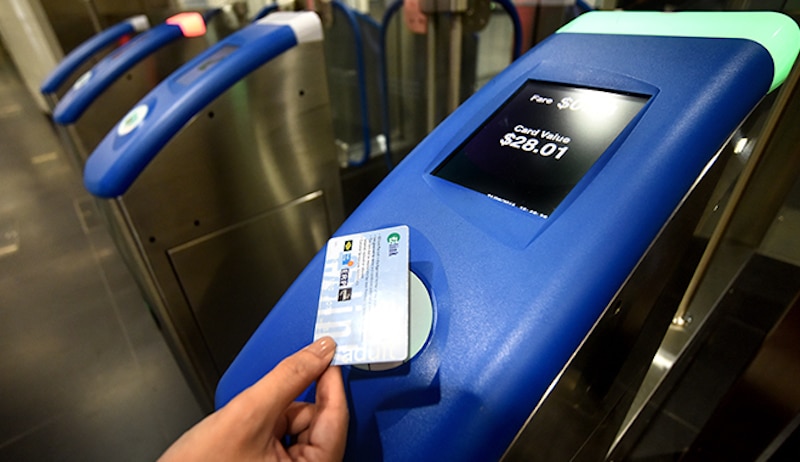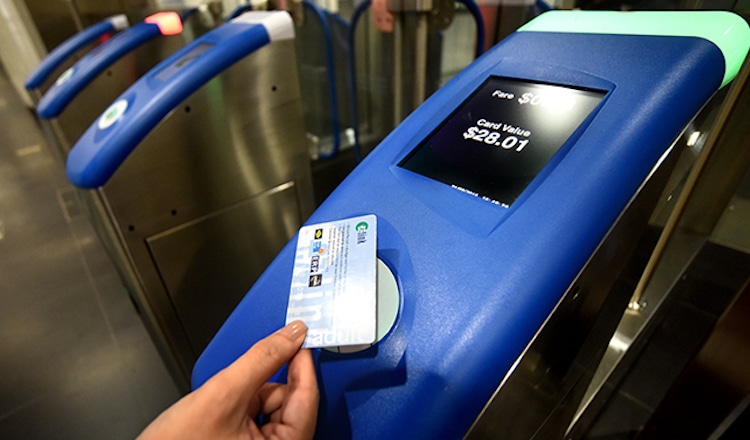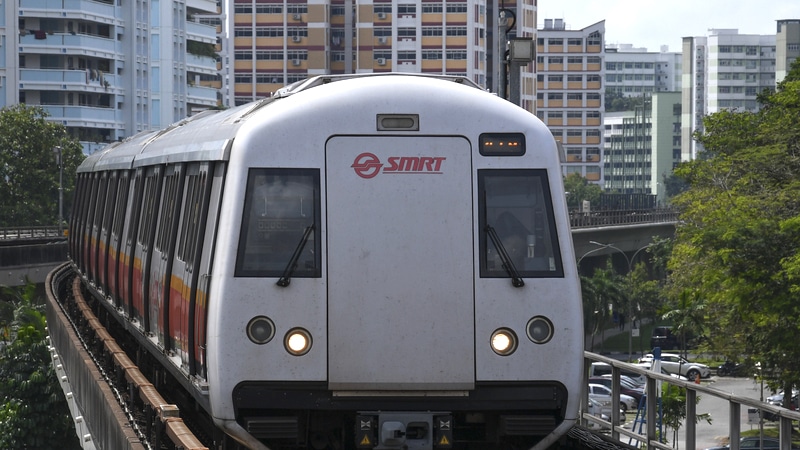
Article Highlights
Key Takeaway:
Offering discounts for seniors, disabled persons and others is an important fare policy for most transit agencies. But to date, few agencies have been able to support these discounts with open loop.
Key Data:
• Chart: Transport for London-Open-Loop share
Organizations Mentioned:
• Transport for London
• Land Transport Authority
• MTA (New York)
• Kentkart
• MST (Monterey-Salinas)
While more and more transit agencies globally are enabling their customers to tap credit and debit cards and NFC wallets to pay fares, there are obstacles limiting growth.




















